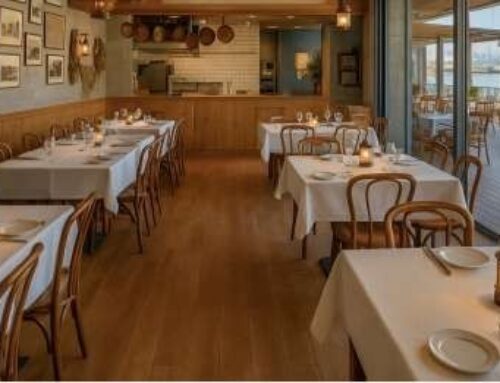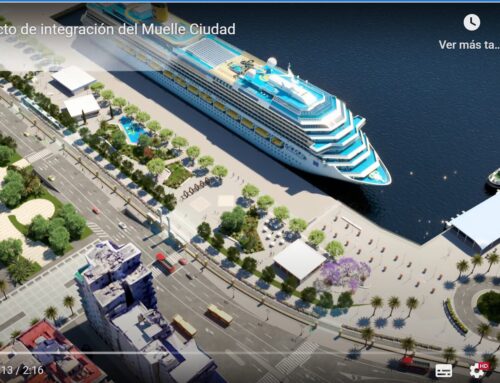Coinciding with the 100th anniversary of its inauguration, the Port Institution will collaborate with the IAPH on the conservation of this landmark infrastructure symbolizing the modernization of the Port of Seville
The Port Authority of Seville (APS) has launched a public competition for the preparation of the construction-ready restoration project for the Alfonso XIII Bridge—also known as the Iron Bridge—aimed at enhancing its value and ensuring its conservation in its current location, within the future Urban Port District of Seville as the centerpiece of the “Bridge Theatre”.
With a base tender budget of €150,000, the construction project will develop the solutions proposed in the structural analysis of the Conservation and Enhancement Plan for the Iron Bridge. This document was coordinated by the Port Institution in collaboration with the Andalusian Institute of Historical Heritage (IAPH) and the University of Seville, both of which took part in its drafting.
The scope of the commissioned work will cover all aspects related to the restoration of the Alfonso XIII Bridge to guarantee its structural safety, including the reinstatement of original configuration elements such as the counterweights. Specifically, the project will include defining load tests, verification of the structure and foundations, specification of structural interventions, and the calculations required to justify them in accordance with current regulations.
“In April 2026 we will mark the 100th anniversary of the inauguration of the Iron Bridge, which—along with the Tablada cut—pioneered the modernization of the Port of Seville”, highlighted Rafael Carmona, President of the Port Authority of Seville. “On the occasion of this centenary, we are laying the foundations for the enhancement of one of our key heritage elements, which will play a starring role in the Urban Port District of Seville”, Carmona said, stressing that “for this, we are moving forward with the advice of experts from the Andalusian Institute of Historical Heritage”.
More specifically, the Alfonso XIII Bridge will be the focal point of the future Bridge Theatre, a new cultural space designed as an open-air amphitheater, as set out in the Master Plan for the Urban Port District. This facility will form part of the Port Park—the green area connecting Parque del Guadaíra with the dock—and will stand out for its direct relationship with the water’s surface.
The deadline for submitting bids is September 22. The project’s drafting period will last eight months from the signing of the contract.
Preliminary Analyses and 3D Modeling
Since 2024, the Port Authority of Seville has invested €70,000 in enhancing the Alfonso XIII Bridge and advancing the understanding of its condition, as well as exploring possible restoration solutions.
On one hand, the Port Authority began work with the University of Seville and the Andalusian Institute of Historical Heritage to develop a Conservation Plan for the infrastructure, which analyzed the condition of the bridge and its immediate surroundings. These efforts included a laser scan and 3D modeling that have served as the starting point for implementing and monitoring an information system based on BIM methodology.
Additionally, progress has been made in scanning the bridge’s original plans held in the historical archive of the Port of Seville, and in cataloguing the components of the structure stored in inventory. Furthermore, within this initial phase, phytocoenological and fauna studies were conducted, including biodeterioration analysis, species identification, and assessment of invasive vegetation.
Centenary of the Iron Bridge
Next April 2026 will mark 100 years since Alfonso XIII, aboard the Argentine cruiser Buenos Aires and accompanied by other vessels of the Spanish Navy, inaugurated the Tablada cut and the Iron Bridge. This is recorded in the Report on the Advancement and Progress of Works on the Guadalquivir Estuary and the Port of Seville (1923–1928).
The construction of this bridge over the dock was associated with the opening of the Tablada cut. This action marked the beginning of the modern port by extending the quay line, warehouses, and sheds to the south, coinciding with the city’s development driven by the 1929 Ibero-American Exposition.
For decades, this bridge enabled maritime traffic of vessels to the southernmost wharves and remained in operation until the early 1990s. In the context of the Seville Universal Exposition, it was replaced by the current Delicias Bridge and fell into disuse due to the duplication of infrastructure.





